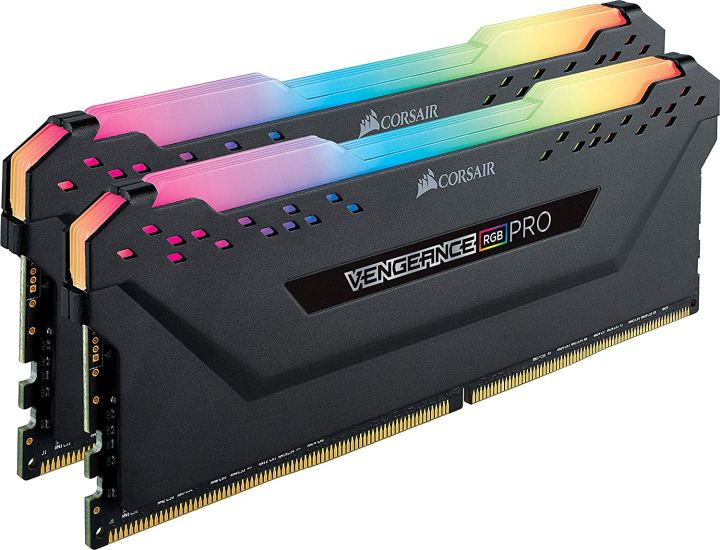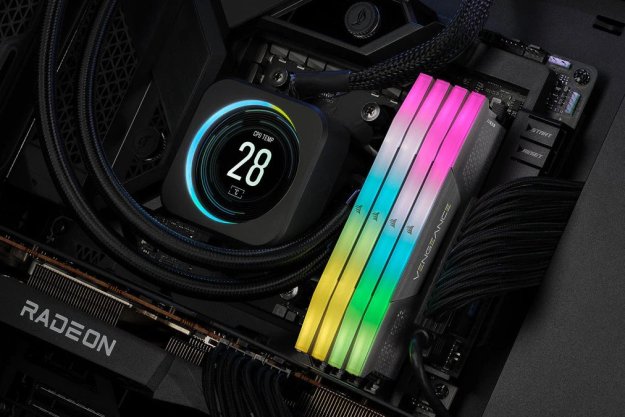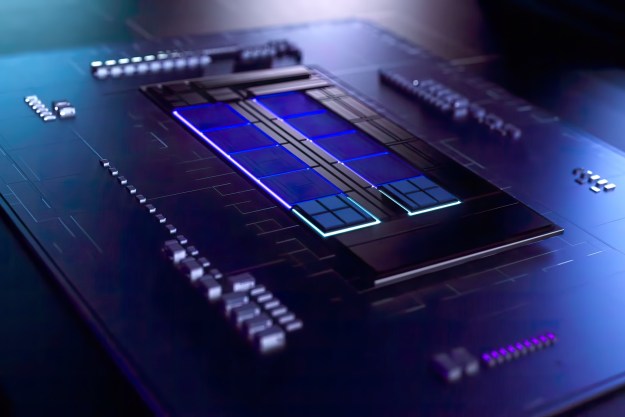DDR5 memory is on the horizon, and leading manufacturers are gearing up for its release. Corsair is one of the brands that is preparing to release DDR5 RAM soon. The company revealed more about the possibilities of DDR5 RAM, as well as some of the difficulties, including the fact that it will run much hotter than DDR4.
The warm-up is not a surprise. The best RAM in the DDR5 lineup is going to be up to 4 times more powerful than its predecessor, thus generating more heat. However, according to George Makris, Corsair’s DIY Marketing Director, the reason also lies in the design of the memory module itself.

“DDR5 conceivably could run much hotter than DDR4, as they have moved voltage regulation off the motherboard itself, and now it is on the [RAM module], so you actually could be pumping a lot more heat,” said George Makris in a YouTube video posted on Corsair’s channel.
It has already been announced that the new DDR5 memory will feature speeds that were previously unheard of. Even the lowest clock speeds will be equal to or surpass the highest numbers generated by DDR4 RAM. Corsair has said that the data transfer rates will begin at 6,400 MT/s and go as far up as 12,600 MT/s. It’s also expected that the technology will support clocks up to 8,400MHz.
In addition to the speed increase, each RAM stick is going to have a much larger capacity. While DDR4
Heat spreaders were never really a point of consideration for RAM manufacturers — this applies to both the DDR3 and DDR4 eras. This may still change when it comes to DDR5, as the memory sticks become more complex and power-consuming pieces of hardware. Corsair claims that the current cooling systems it uses in manufacturing new DDR5

DDR5 technology has been developed with future hardware in mind. For today’s standards, the jump in performance might seem a bit overkill, but in a few years it’s likely to be the norm — and DDR5 is meant to support that advancement.
The future-proof scaling of the data transfer rate is made possible through several design choices. DDR5 RAM modules come with their own PMIC and VRM, allowing for some serious overclocking — but those components will require extra cooling. This is supported by an increase in voltage. Adata is already testing 1.6 Volt designs for its top-of-the-line DIMMs. The standard is 1.1 Volts, meaning a 45% increase from what we are currently used to. This kind of overvoltage will generate more heat.
Corsair is planning to release its first DDR5 memory modules late this year, likely meeting the deadline to launch alongside Intel’s 12th generation of processors. Whether cooling these impressively powerful RAM sticks will become a problem still remains to be seen, but it’s a good sign that Corsair remains aware of it ahead of time.
Editors' Recommendations
- How to choose the best RAM for your PC in 2024
- DDR5 vs. DDR4 RAM: Is DDR5 worth it?
- If you’re still gaming on 16GB of RAM, you’re missing out
- This innovation in RAM is great news for your PC
- DDR5 can improve PC gaming performance, but it’s still a useless upgrade




